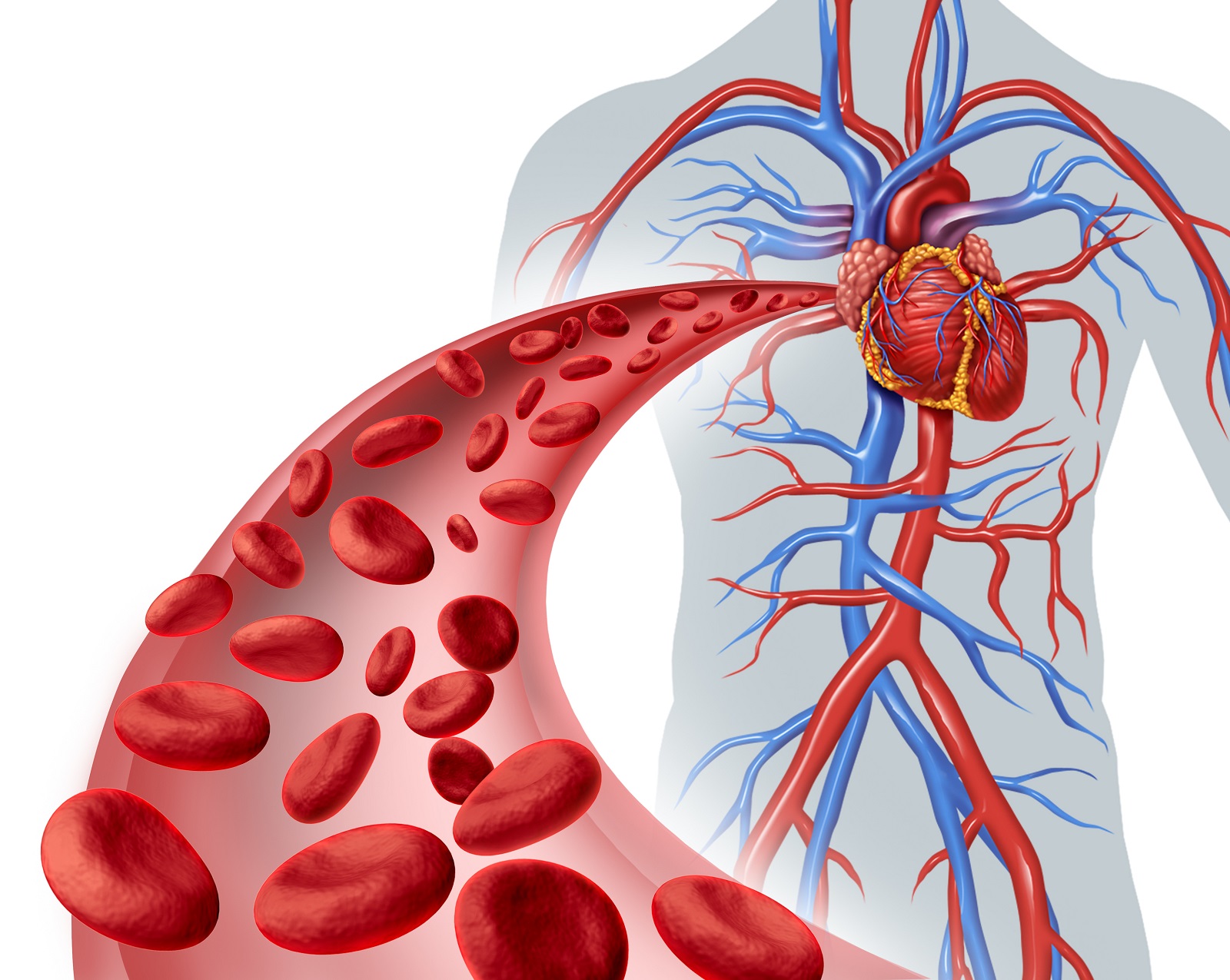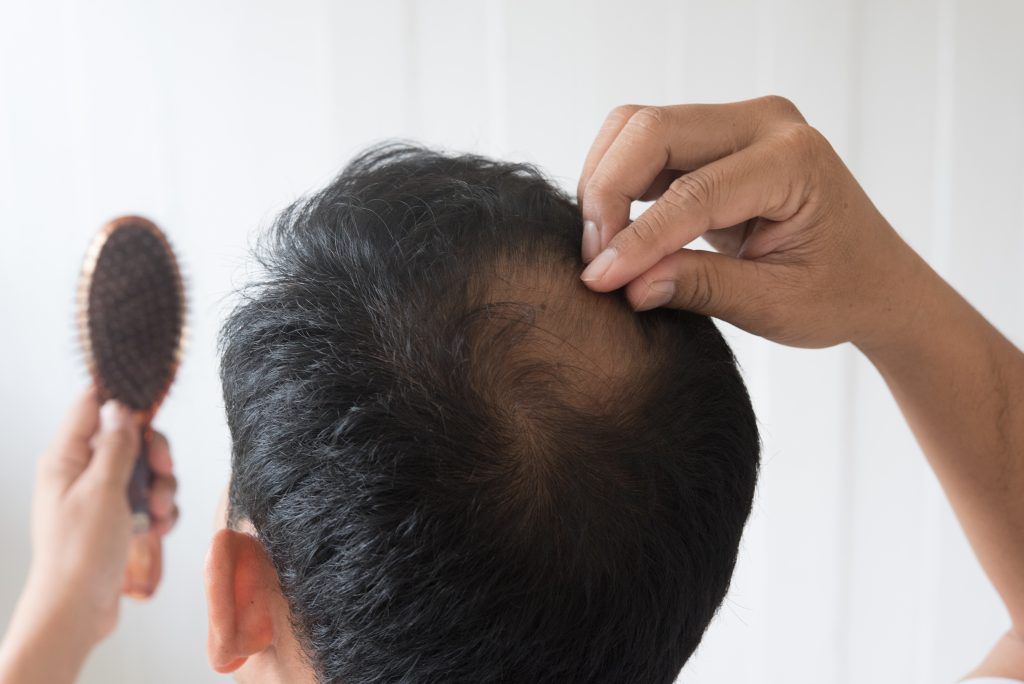Hidden Signs of Arterial Blockages

As you age, doctors and health care professionals tell you to be on the lookout for numerous red flags that point toward health issues. They do this in hopes that certain signs can be detected early, before more serious concerns occur.
A statistic from the CDC states that 1 in 4 deaths are from Coronary Heart Disease.
Here are some of the lesser known signs that could let you know if your heart could be in danger. Arterial blockages are the primary cause of heart attacks. If you know what signs to look out for, you could prevent yourself from the serious dangers associated with arterial blockages.
If you notice any of these signs, speaking to your doctor is extremely vital. And changing your lifestyle behaviors could be a crucial step in preventing further plaque build up in your arteries.
Migraines

If you have repeated migraines, it could be a sign of arterial blockages. However, this only pertains to a specific type of migraine that includes aura. These are neurological symptoms that usually come within an hour before a migraine and it’s usually visual. If you have these aura symptoms along with your migraines, you are twice as likely to develop coronary heart disease.
Lower Back Pain

Chronic lower back pain could be a sign that something more serious is happening in your body. Sometimes it’s seen as a spine issue, but many times it could mean something else. Your lower back is the first place where plaque builds up in your body. If your back pain is due to this plaque build up, it can cause reduced blood flow to your discs which weakens the cushion between them and cause you pain. It could be an indicator that plaque is building up in your arteries by your heart as well… or it soon will.
Calve Pain

If you notice continued pain in your calves after walking, even just on one side, it could be a sign of peripheral artery disease. This is when the arteries in your arms or legs become narrowed due to blockages. Blood flow to your calves will decrease which halts the nutrient supply. This causes the pain or cramping that you experience.
Erectile Dysfunction

Individuals with Coronary Artery Disease (CAD) were shown to have a higher prevalence of Erectile Dysfunction (ED) compared to those who didn’t have CAD. When comparing the patients angiography results, they saw that when the number of affected vessels increased, so did the severity of their ED.
Because the penis has smaller vessels than the heart, plaque build up is more likely to affect the penis faster, causing ED. This could mean that ED could potentially be a marker for atherosclerosis (plaque in the arteries) and CAD. If erectile dysfunction is caught early, people can take precautionary steps to avoid more serious consequences.
Balding/Baldness

Male pattern baldness (MPB) has been shown to be associated with an increased risk of coronary artery disease. If your family has a history of losing hair, it could be a signal to keep extra attention on your coronary arteries. You may want to avoid certain lifestyle behaviors so you don’t increase your risk.




